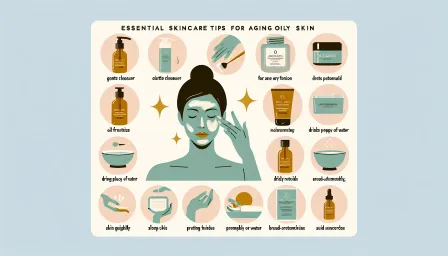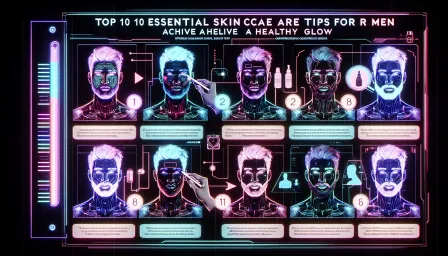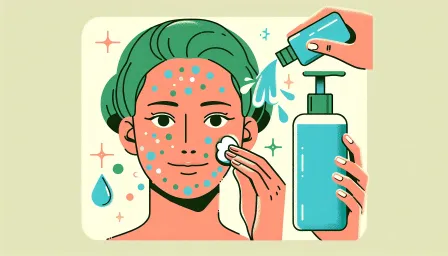Effective Solutions for Menopause Dry Skin

Discover effective solutions for menopause dry skin. Learn about causes, symptoms, and top remedies to manage dry skin during menopause.
Menopause is a natural biological process characterized by hormonal changes that can lead to various skin issues, including dry skin. This article aims to provide you with well-researched information and practical solutions to manage menopause dry skin effectively.
Understanding Menopause and Dry Skin
What is Menopause?
Menopause marks the end of a woman’s menstrual cycles and is diagnosed after 12 months without a menstrual period. It typically occurs in women aged 45-55, but can happen earlier or later. The hormonal fluctuations during this time impact the skin's health and appearance.
Causes of Dry Skin during Menopause
Estrogen plays a crucial role in maintaining skin hydration by stimulating oil glands and collagen production. During menopause, estrogen levels drop significantly, leading to decreased oil production and a reduction in skin elasticity. Other factors such as environmental conditions, lifestyle choices, and existing skincare routines can exacerbate dry skin.
Symptoms and Diagnosis
Symptoms of Menopause Dry Skin
Symptoms can vary but often include:
- Persistent itchiness
- Rough and flaky skin texture
- Redness and irritation
- Increased sensitivity
Diagnosing Menopause Dry Skin
If you notice persistent dry skin, it’s important to consult with a dermatologist. A thorough examination and discussion about your medical history, lifestyle, and routine can help diagnose the condition. The dermatologist may recommend certain tests to rule out other causes of dry skin.
Effective Solutions for Managing Menopause Dry Skin
Hydration and Moisturizing
Keeping the skin hydrated is crucial. Use a heavy-duty moisturizer that contains ingredients like hyaluronic acid, glycerin, and ceramides. Apply it immediately after showering to lock in moisture. Additionally, drinking plenty of water will help keep your skin hydrated from within.



























